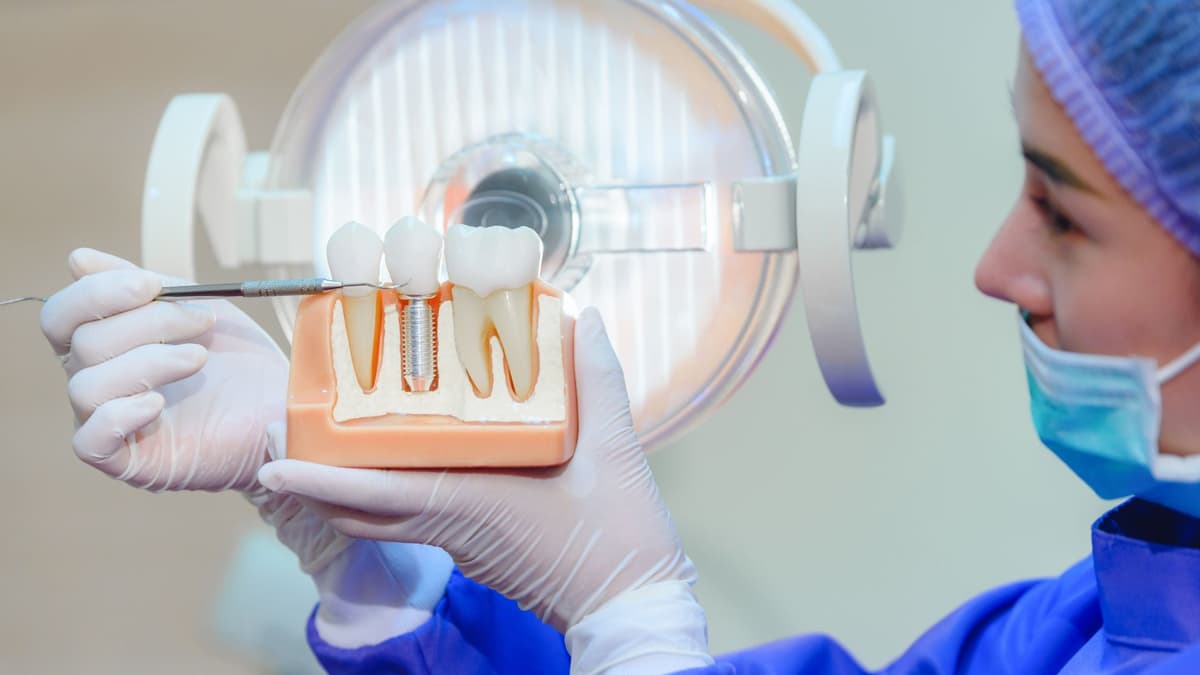Human urine is often regarded as mere waste, but in large quantities, it presents significant environmental challenges. Excess nutrients from urine can overwhelm water systems, leading to pollution and ecological damage. Now, researchers have developed a groundbreaking solution that not only addresses this environmental issue but also creates a valuable medical material in the process.
A team of scientists from the University of California, Irvine, in collaboration with institutions in the U.S. and Japan, has engineered a synthetic yeast system that transforms urine into hydroxyapatite (HAp)—a phosphate mineral widely used in bone and dental implants, archaeological restoration, and biodegradable products.
The newly developed process simultaneously tackles two pressing problems. It removes nutrient-rich urine from wastewater streams, helping to reduce environmental pollution, and it produces hydroxyapatite, a material with a projected market value of $3.5 billion by 2030.
Urine’s high levels of nitrogen and phosphorus can be particularly harmful to aquatic ecosystems. By neutralizing these elements and converting them into a usable mineral, the process presents a sustainable and profitable alternative to waste disposal.
In nature, osteoblasts—specialized bone-forming cells—extract calcium phosphate from body fluids to produce hydroxyapatite. However, these cells are not suitable for industrial-scale production. To overcome this limitation, the research team created a synthetic yeast strain known as “osteoyeast.”
This engineered yeast mimics the function of osteoblasts by breaking down urea, raising the surrounding pH, and creating internal cavities that gather calcium and phosphate. These elements then crystallize into hydroxyapatite, which is secreted outside the yeast cell. The system can yield up to one gram of hydroxyapatite per liter of urine.
One of the most promising aspects of the new process is its scalability and low cost. Using yeast as the production platform means the system operates efficiently at relatively low temperatures and can be scaled up using fermentation tanks similar to those used in brewing. This approach avoids the need for complex infrastructure, making the technology suitable for deployment even in developing regions.
While hydroxyapatite is already in demand for its strength, durability, and biocompatibility, the researchers believe its potential extends far beyond medical applications. They are working on developing additional materials for energy applications and advanced manufacturing by combining the yeast platform with 3D printing and structural engineering techniques.
This innovative project, supported by the U.S. Department of Energy, the Defense Advanced Research Projects Agency, and the Air Force Office of Scientific Research, highlights the potential of biotechnology to transform environmental liabilities into valuable resources.
By Impact Lab


